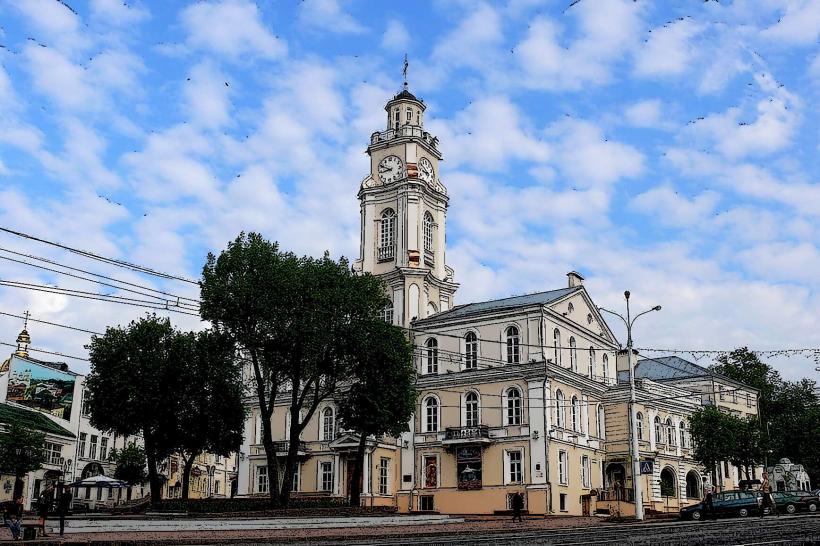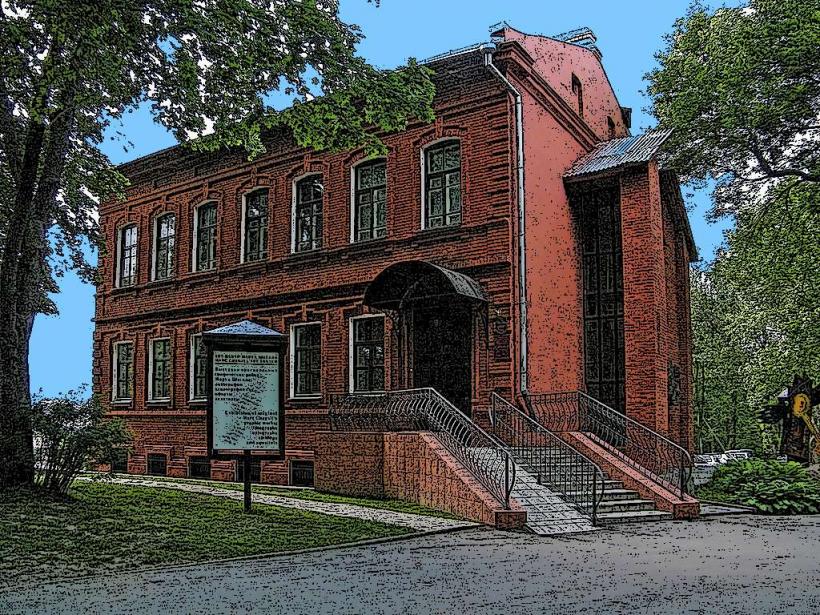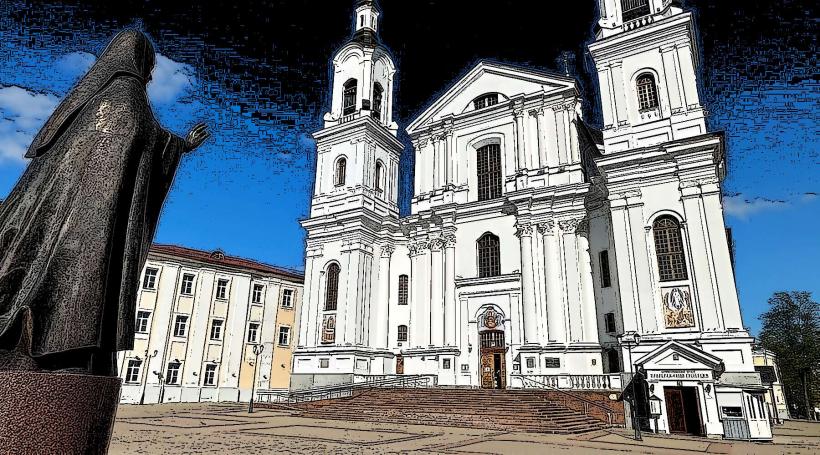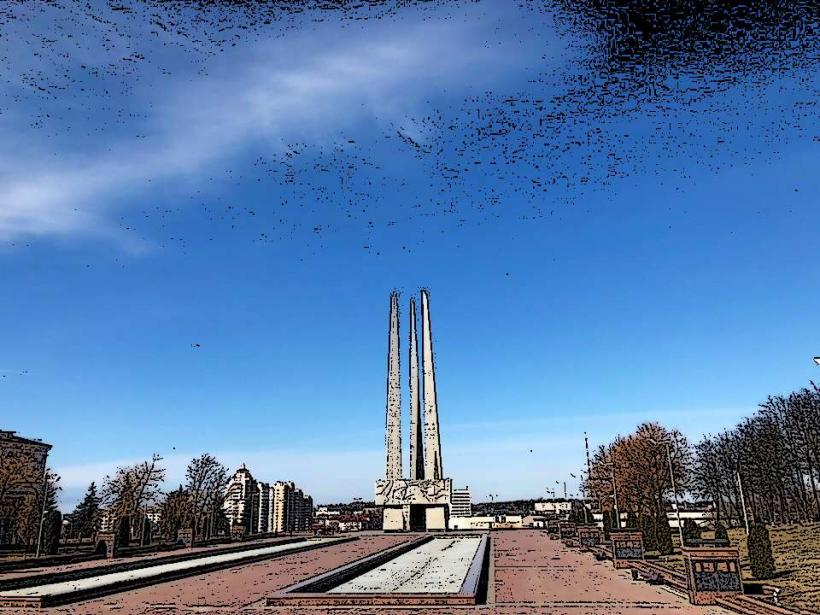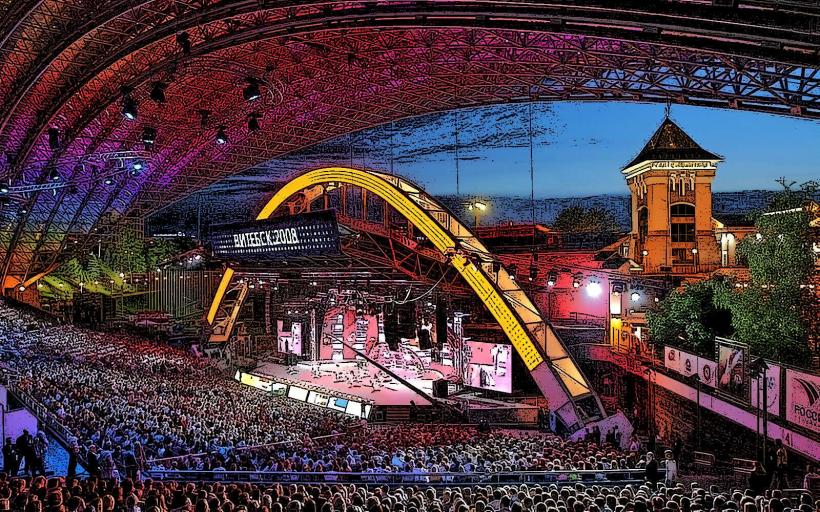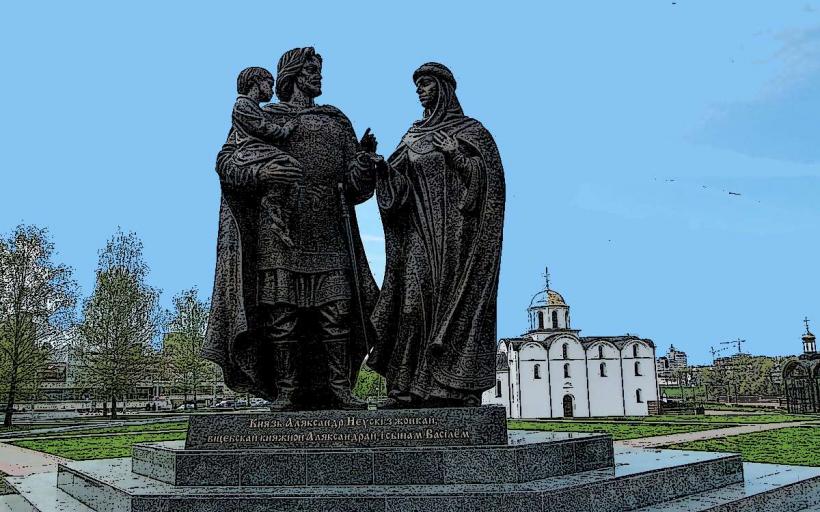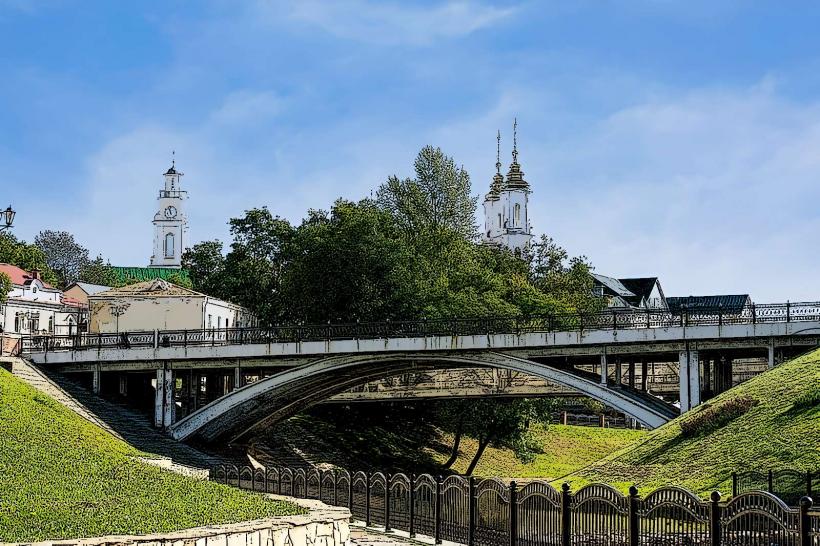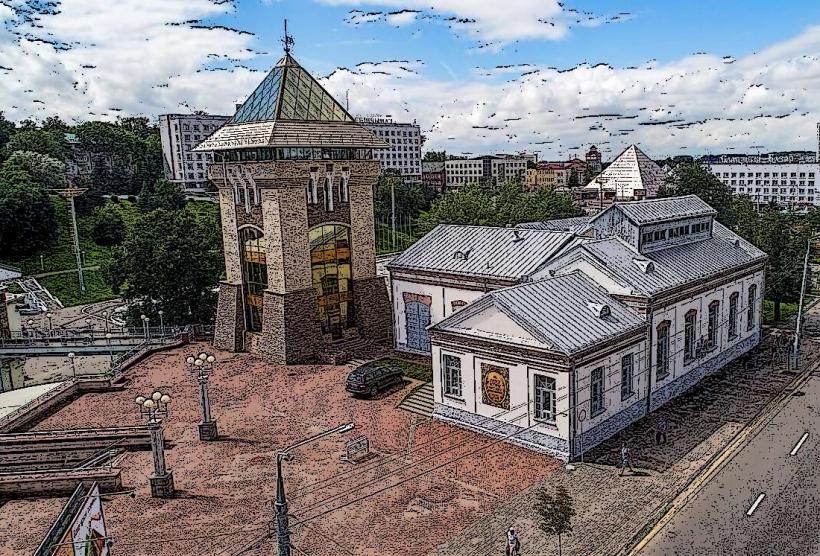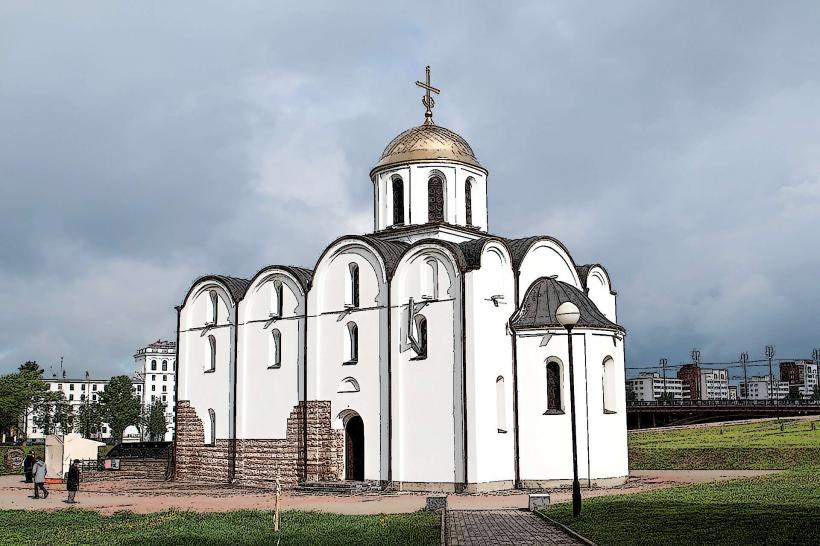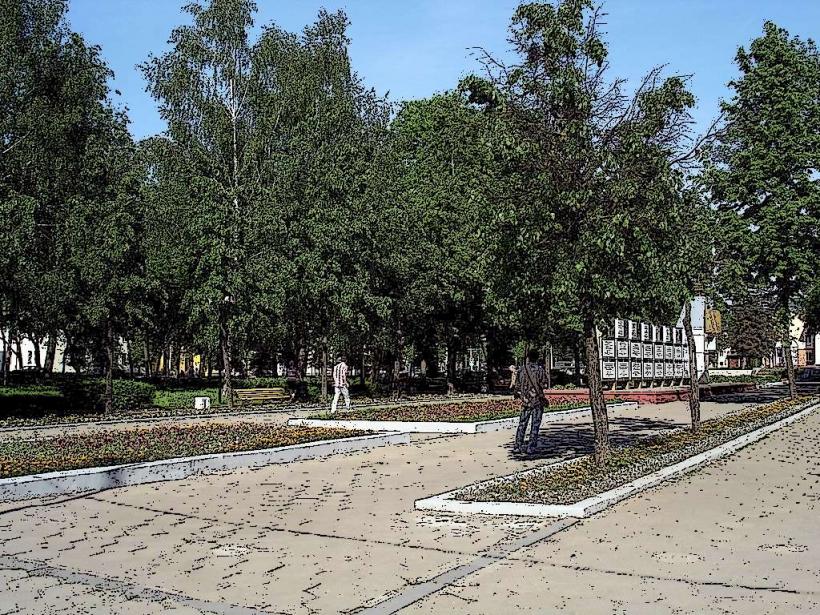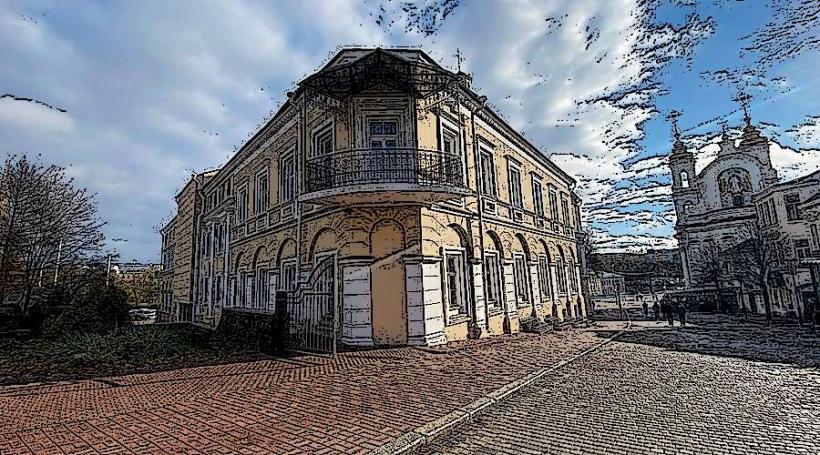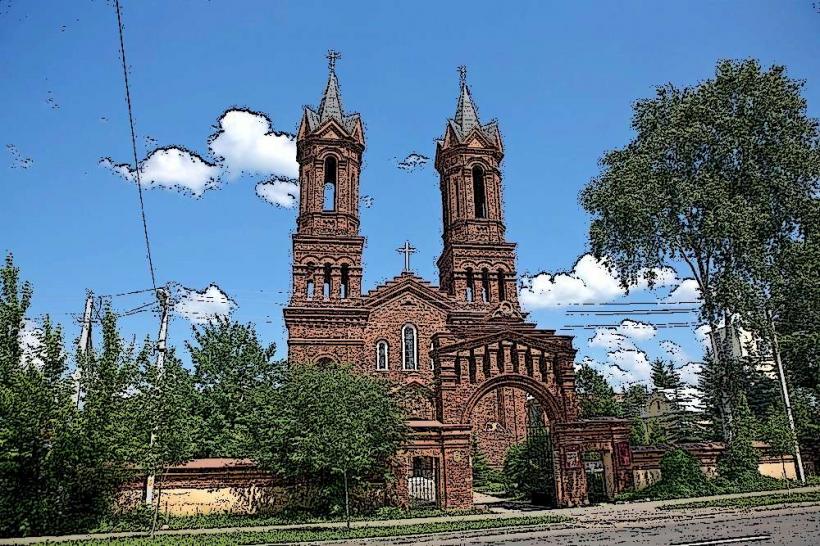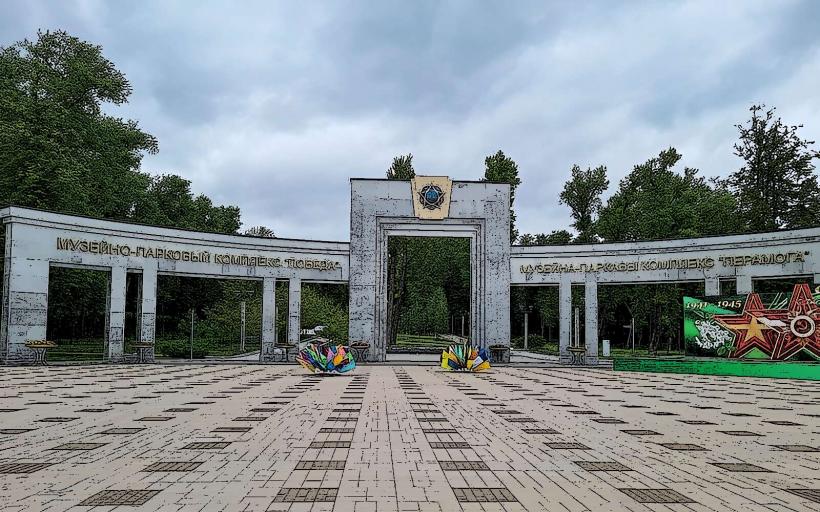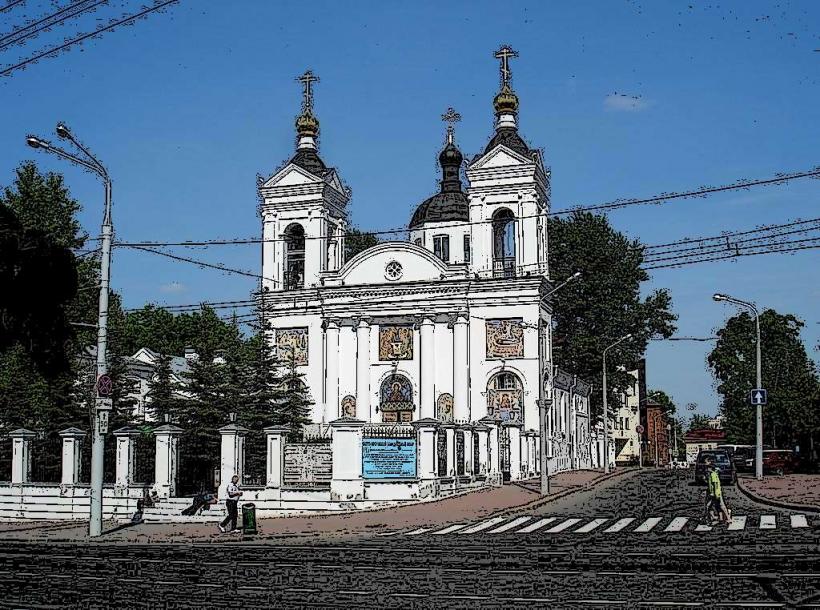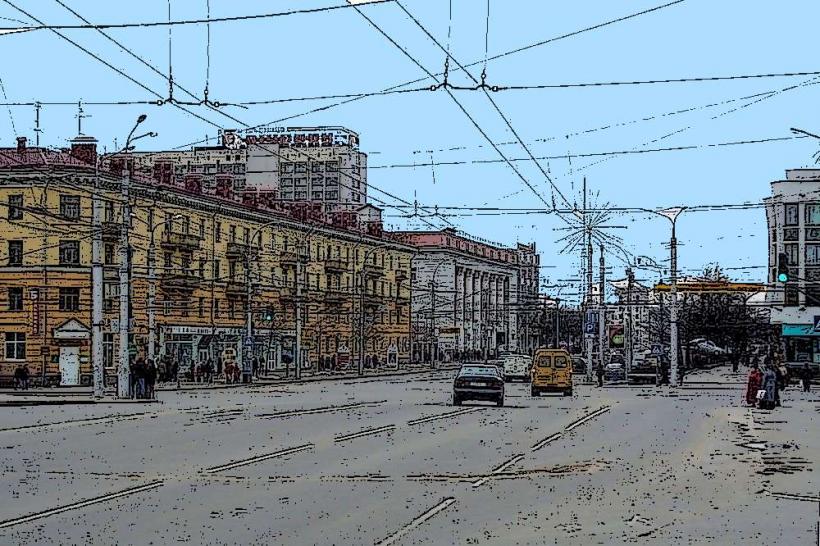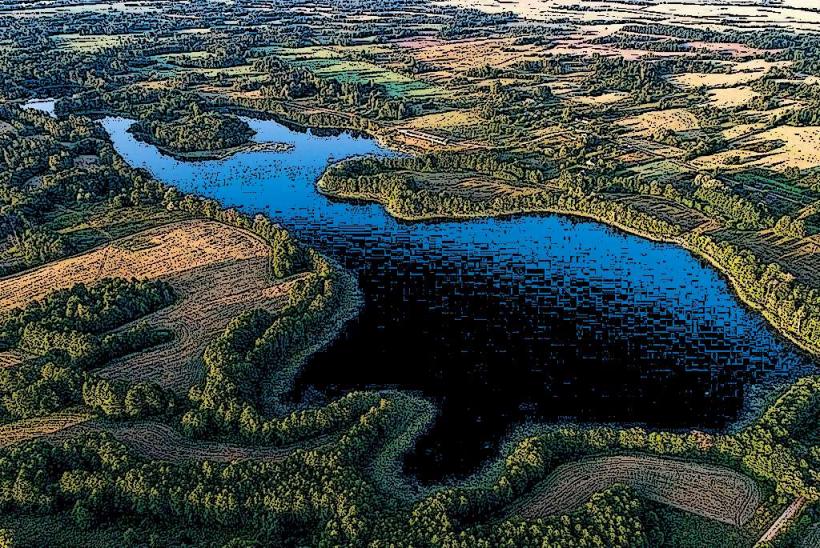Information
Landmark: Governor's PalaceCity: Vitebsk
Country: Belarus
Continent: Europe
The Governor's Palace (Губернаторский дворец) in Vitebsk, Belarus, is a historic building with significant architectural and cultural importance. It served as the administrative center for the region during the time of the Russian Empire and later the Soviet Union. Today, the palace is a landmark of the city's history and a symbol of Vitebsk's role in regional governance.
Historical Background
The Governor's Palace was built in the late 18th to early 19th century, during the time when Vitebsk was part of the Russian Empire. As the capital of the Vitebsk Governorate, the palace functioned as the residence of the governor, who was the representative of the imperial authorities in the region. The palace housed not only the governor's administrative offices but also his private residence and those of his staff.
The building reflects the era's emphasis on classical architecture, designed to project the power and influence of the governing authorities. The palace has witnessed various political and social changes over the centuries, from the Russian Empire to the period of the Soviet Union, and it continues to be an important part of Vitebsk's architectural heritage.
Architectural Features
The Governor's Palace is an example of neoclassical architecture, which was a dominant style in the late 18th and early 19th centuries. The key architectural features of the palace include:
Symmetrical Facade: The palace is characterized by a symmetrical layout with a well-balanced and harmonious design. The neoclassical style emphasizes proportions, geometric shapes, and columns, all of which contribute to the building’s formal and imposing presence.
Columns and Portico: The front of the building is adorned with a large portico (a porch with columns) that gives it a grand entrance. Corinthian columns or other classical styles are often used to evoke a sense of strength and authority, which was typical of the architecture of imperial governance.
High Ceilings and Spacious Interiors: Inside, the palace features high ceilings, large windows, and expansive rooms. These design elements were not only practical but also aimed at conveying a sense of power and prestige for the governor.
Decorative Detailing: The building is often decorated with ornate elements such as molding, stucco work, and classical motifs like garlands, medallions, and pilasters. These decorations are in line with the neoclassical style, which emphasizes both beauty and order.
Balconies and Windows: The windows of the palace are often large and arranged symmetrically, allowing natural light to flood the rooms. Balconies are also common, providing an elevated perspective of the surrounding area.
Courtyards and Gardens: The palace is likely surrounded by formal gardens and a courtyard, a typical feature of noble residences in the 18th and 19th centuries. These spaces would have been used for ceremonial events, private leisure, or administrative purposes.
Role in the Community
During its time as the seat of the governor, the palace was the administrative center of the Vitebsk Governorate, which covered a large area of modern-day Belarus. The governor was responsible for overseeing the region's civil administration, law enforcement, economic matters, and other governance duties.
- Government Hub: The Governor's Palace was not just a residence but also a hub for political and social activity. Important decisions affecting the region were made here, and it was a place where local elites, military leaders, and imperial officials gathered.
- Symbol of Power: The palace was a physical manifestation of imperial authority, representing the power of the Russian monarchy over the region. It served as a focal point for both local elites and the general populace, who saw it as a symbol of governance and control.
- Social and Cultural Events: The governor and his family likely hosted grand events, including balls, banquets, and social gatherings, where they mingled with the upper echelons of society. These events served to reinforce social hierarchies and strengthen the ties between the ruling class and the governed.
Modern Use and Preservation
Today, the Governor's Palace is no longer used as a governmental seat, but it remains an important historical and architectural landmark in Vitebsk. The building has been preserved and restored to maintain its historical significance. It is often used for cultural and public events, and its grand architecture continues to attract visitors interested in the region's history and heritage.
- Cultural Space: The palace is sometimes used for exhibitions, art shows, and public ceremonies, serving as a venue for cultural expression and historical reflection.
- Tourism: The building is also a point of interest for tourists who want to explore Vitebsk’s history and architecture. Visitors can admire the neoclassical design, learn about the building’s historical significance, and appreciate its role in shaping the city’s development.
Conclusion
The Governor's Palace in Vitebsk stands as a powerful symbol of the city’s historical and architectural heritage. Its neoclassical design reflects the grandeur and authority of the Russian Empire, and its role as the center of administration in the Vitebsk Governorate makes it a key point in understanding the city’s past. Today, the palace continues to serve as an important cultural and historical site, offering visitors a glimpse into the region’s history while contributing to the modern cultural landscape of Vitebsk.

